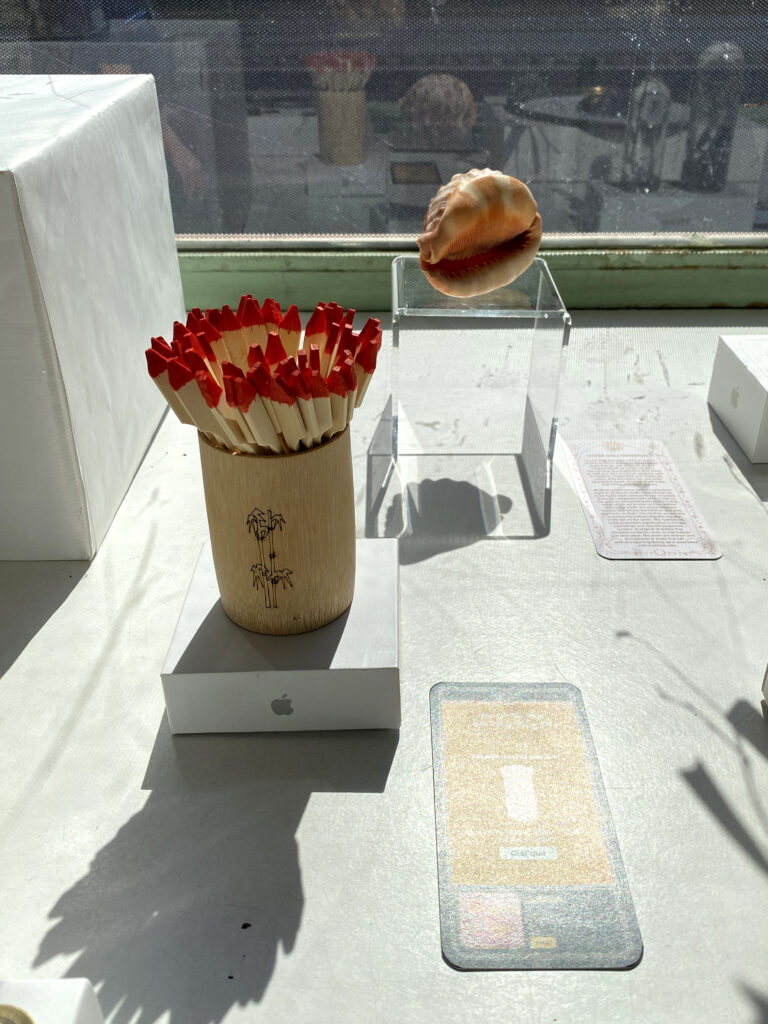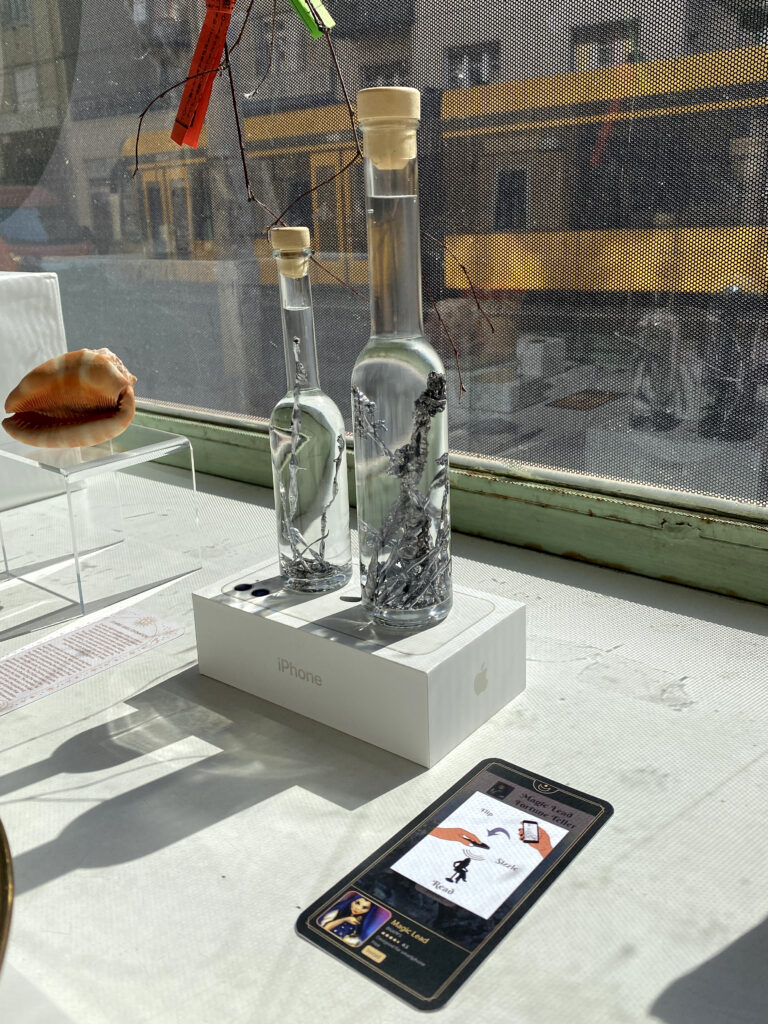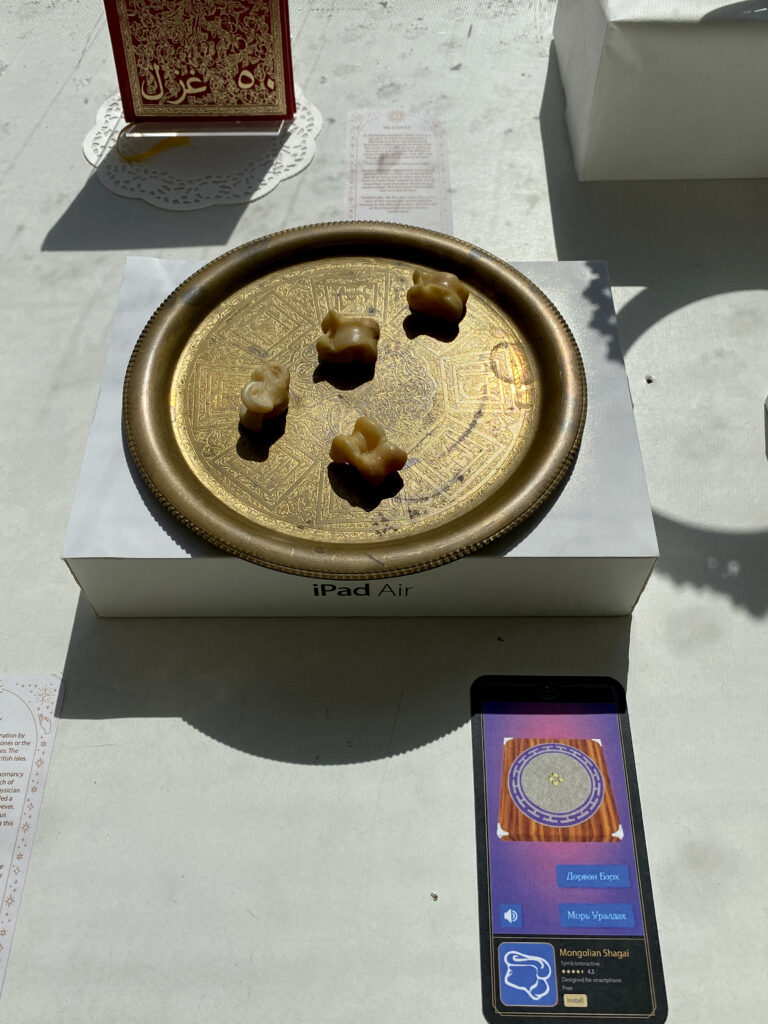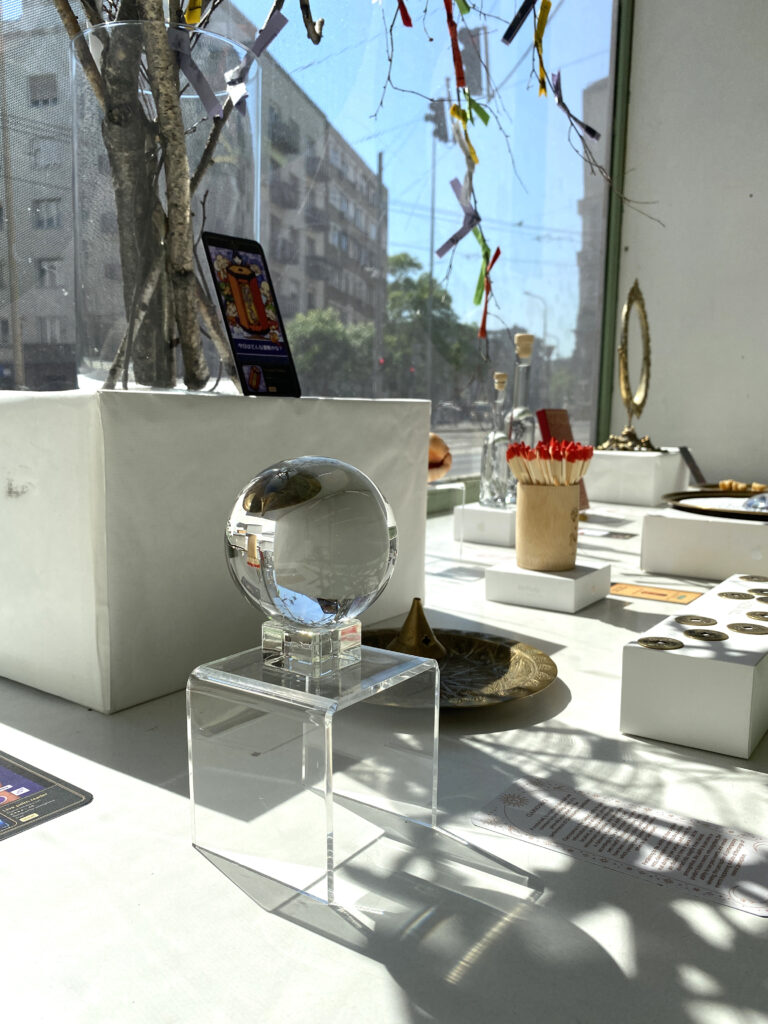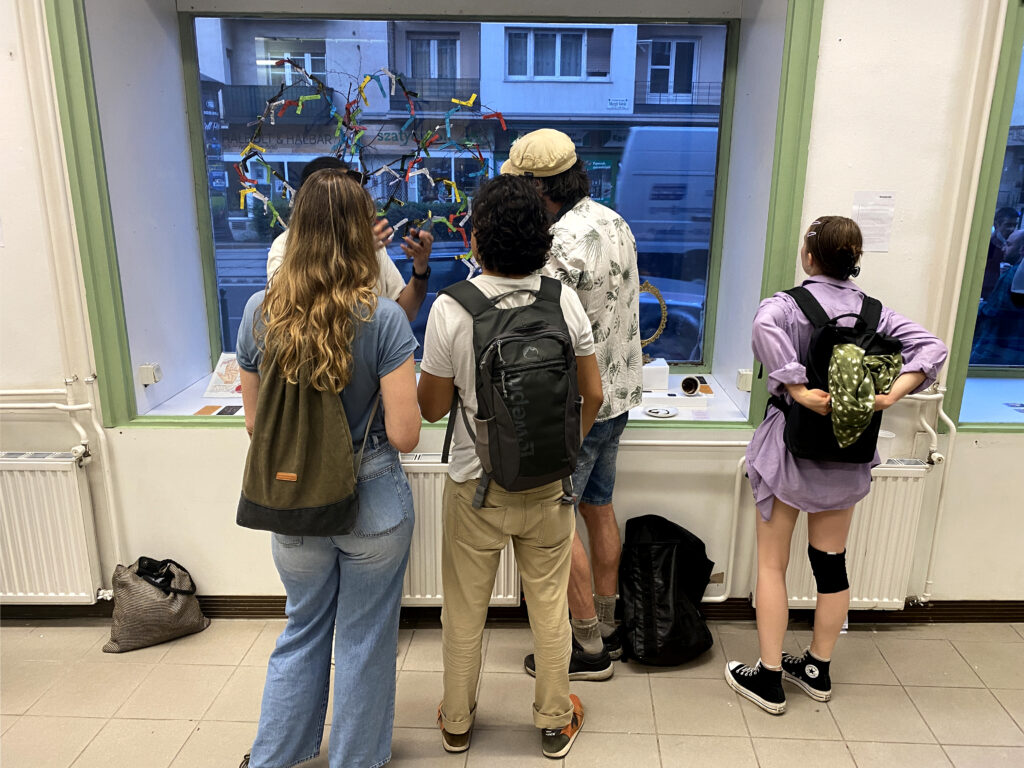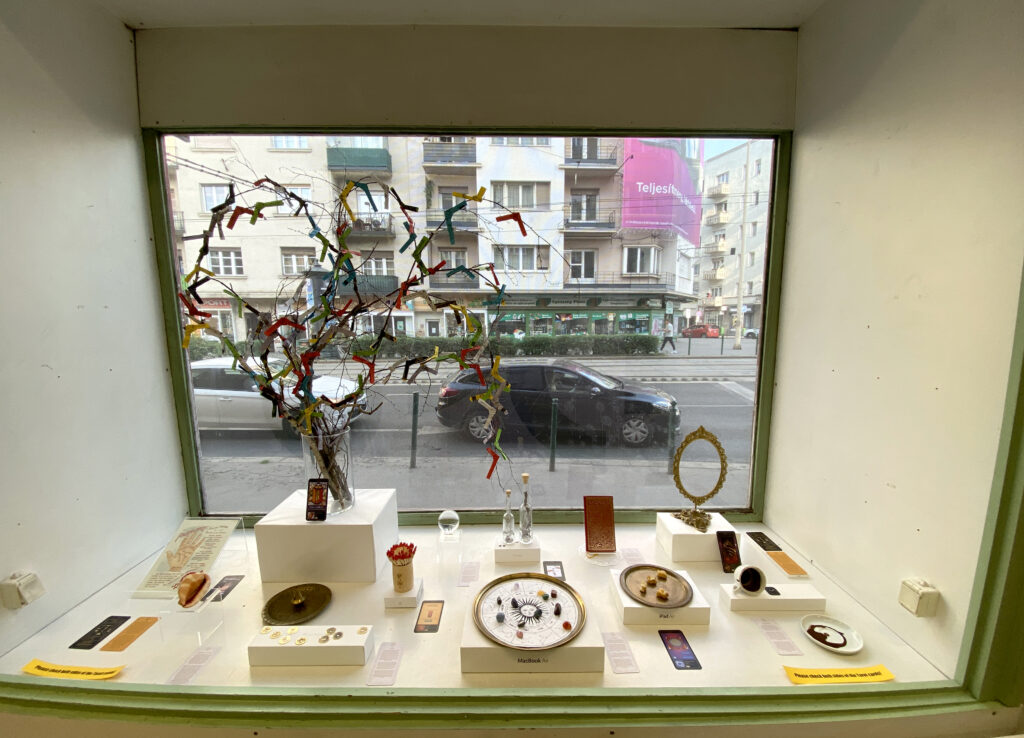
Future is a concept that refers to the time that has not yet happened. Curiosity, the need to know in advance about what is coming has been a common demand throughout the long course of history. Predicting the future has been a sort of cultural practice related to everyday living in various cultures. They all conduct predictions as an attempt to find the future, from Greek oracles to prophets of diverse religions; from African priestesses performing ritual ceremonies to Asian monks in Buddhist temples. Predictions can aim at both large social issues and specific personal issues. Many of these activities are still used today. Furthermore, numerous traditional forms of divination and fortune-telling have also been turned into digital applications. While the majority of historical fortune-telling practices rely on the interpretation of randomness in natural patterns, shapes, forms, or occurrences, these applications work rather differently. In order to simulate the randomness, normally a special computer system should be set to generate immense quantities of sufficiently random numbers, which would require a great number of computational resources. In reality, today’s fortune-telling apps are often designed rather primitively and on a small scale, and they are often free of charge in order to attract users; that is the reason why the randomness of these are obviously extremely limited. Basically, these apps have another tactical intention; to collect user data for a completely different prediction purpose – that control interest, manipulate imagination, and limit the randomness possibility of a future that belongs to nature.
In the majority of cultures, predicting the future is not only for knowing and accepting the things that have been decided or chosen, prediction is also used to guide the actions and turn the future in the most favorable direction. The prediction has become a foundation for action planning in everyday life. Today, prediction techniques turned to a new phase with the involvement of digital technology. In particular, with the support of AI and Big data huge server systems have transformed forecasting techniques and boosted the efficiency of results. Besides the undeniable benefits of digital forecasting technology (such as in weather forecasting or healthcare prediction), there are also various potential risks affecting human rights, in which individual user predictions for marketing and advertising ends is the prime example. Through personal data mining, giant servers collect users’ demographic and psychographic information, to track their personal intentions, to predict their interests, in order to produce the future demand for them. It can be stated that personal data is the main source of “energy” for capitalism to make predictions and create specific future scenarios for users – that serve the interests of companies, corporations, or organizations.
The artwork creates a miniature space – introducing 12 ancient forms of fortune telling – presenting the cross-cultural elements of the international artist’s group – creating thus a connection between the traditional and contemporary prediction practices. All these reveal the transformation and the existing problems of contemporary society related to data mining issues. Through the narration of the exhibited objects, the viewers discover the stories of the past while seeing the ongoing reality and recognizing the importance of contemporary prediction activities – that in fact will decide the future of each and every individual.

